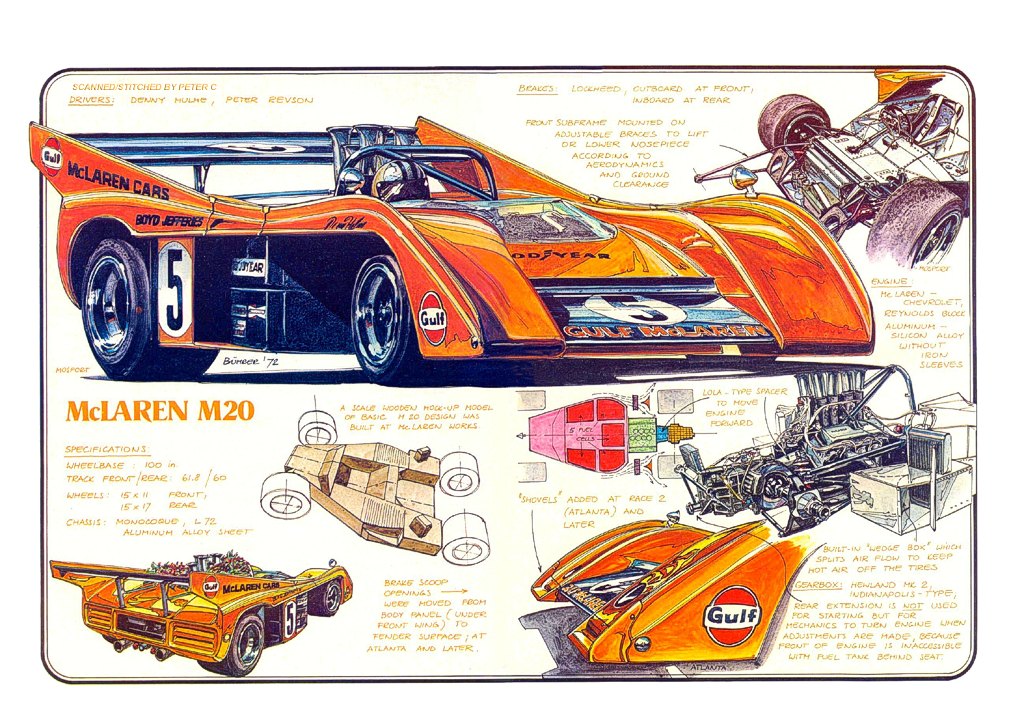Doh! I realized after my post when I went back downstairs that thee body is in the way.
I still don't like just the 1/8" deep aluminum threading into the crossbar to secure the body. I think I'll tack a solid block of aluminum in there and drill and tap as necessary. A nutsert is also good idea and is probably more practical.
I had to re-position my body. I ended up sawing a "big" hole, laying a ?1/16''? aluminum plate over it, rivetting it in and then rivnuts into the aluminum plate. Holds well.










